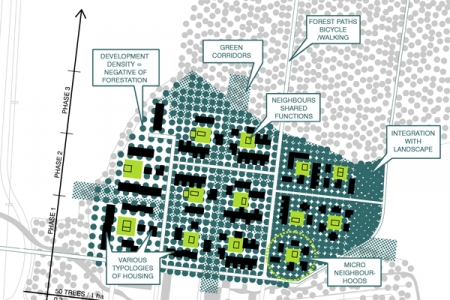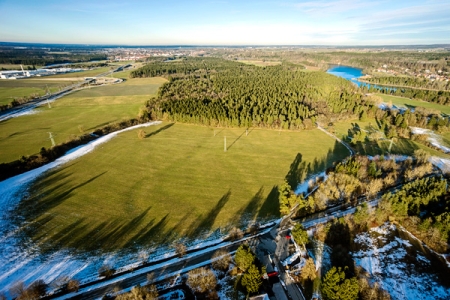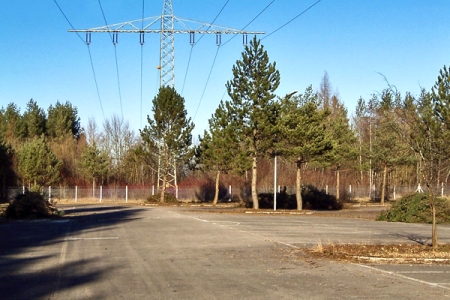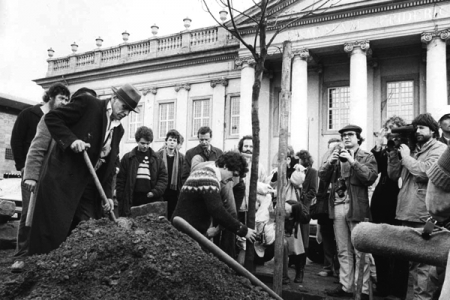Forest First
Landsberg (DE) – Runner-up
TEAM DATA
Team Representative: Marcin Maraszek (PL) – architect; Associate: Maciej Kaufman (PL) – architect
Contributors: Radosław Obczyński (PL) – lawyer; Agnieszka Szuran (PL) – architect
3 Maja 7b/9, 00-401 Warsaw – Polska
+48 6 6460 6661 – marcin.maraszek@gmail.com
See the complete listing of portraits here
See the site page here

M. Kaufman & M. Maraszek
INTERVIEW
Click on the images to enlarge
1. How did you form the team for the competition?
We have been working together for the last 7 years.
2. How do you define the main issue of your project, and how did you answer on this session main topic: Adaptability through Self-Organization, Sharing and/or Project (Process)?
“Forest First” in general speaks about the priority of nature over any kind of development. We anticipated that even if the development failed, the natural environment would be enriched by site’s reforestation and the river bed’s naturalization. Site-specific zoning allows the project to adapt to different economy and conditions. The factory housing –the Forest Settlement– is clustered in neighbourhoods of few houses around central spaces the development of which is negotiated and shared by its closest neighbours. Our proposal is rather a strategy than a complete project.
3. How did this issue and the questions raised by the site mutation meet?
A complex and multilayer subject of the 13th edition was as much of an influence on our project as the conditions of the given location. An additional advantage of our project –in respect to the limitation stemming from natural environment protection issues– is the dynamic form of the development determined by the term Adaptability.
4. Have you treated this issue previously? What were the reference projects that inspired yours?
Our professional work is often designed at the intersection between architecture and urban planning. Approaching Europan 13 meant carefully studying projects from the previous editions. We were searching for contemporary settlements placed in forests. We were also inspired by Joseph Beuys “7000 Eichen – Stadtverwaldung statt Stadtverwaltung”. The energy Park was inspired by and designed as a combination of an experimental bio energy farm and a neighbourhood garden.
5. Today –at the era of economic crisis and sustainability– the urban-architectural project should reconsider its production method in time; how did you integrate this issue in your project?
The factor of time was one of the main issues in our work. We tried to imagine different scenarios for our development: from “zero growth” (S) to “maximum growth” (XL). In any given point of time (e.g. few years) the state of the development (M) may always be extrapolated using those two ultimate states.
6. Is it the first time you have been awarded a prize at Europan? How could this help you in your professional career?
Yes, it is the first time that we have been contributing to Europan. We consider this to be a starting point for our own practice.








